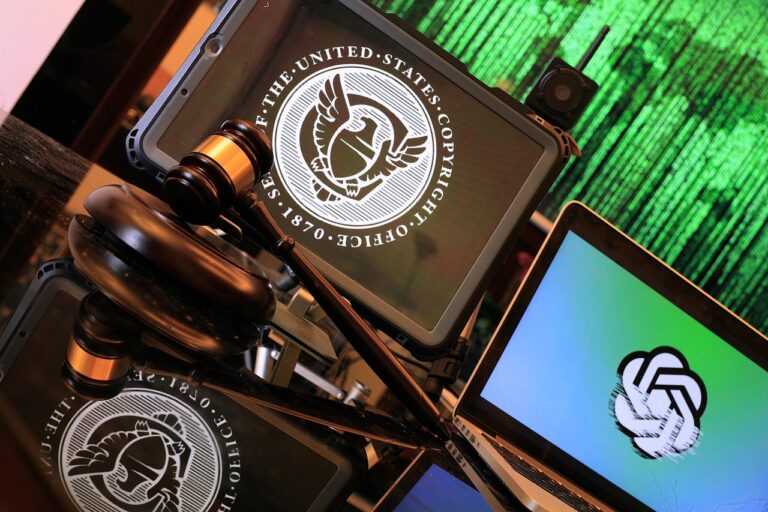Artificial intelligence is changing the way authorities prevent and solve crimes, and is changing the way law enforcement is using it. They include facial recognition and predictive policing, which are AI-driven technologies that promise to improve efficiency, decrease response time, and increase security. But as these tools become more common, so do ethical concerns about privacy, bias, and civil liberties. The challenge is how to meet security requirements while protecting basic rights, and also to make sure AI is being used appropriately and equitably.
AI in the service of justice: what is happening around the world
Modern police departments are using artificial intelligence technologies to improve their operations. Some of the most typical uses are facial recognition technologies for identifying people, predictive policing tools for crime patterns, ALPR for identifying vehicles, AI-enabled surveillance to monitor areas, and voice recognition technologies for toll-free lines that can tell if the caller is in distress.
In the area offorensics, AI has been applied to the evaluation of digital evidence, which has been helpful to investigators in addressing many cases faster. It has therefore been useful in improving the police’s capabilities in conducting their duties in order to prevent crimes before they occur.
However, these tools bring many advantages, they raise policy and ethical issues that cannot be ignored.
Privacy Concerns and Civil Liberties
One of the most important ethical issues regarding AI in law enforcement is the impact on privacy and civil liberties. These are issues that are important to debate as more surveillance technologies are being used. Issues of note include unseen mass surveillance, the misuse of sensitive personal data, and the inability to understand how AI-based decisions are made that result in arrests and the conduct of investigations.

There are also concerns that these tools may be used improperly to target some communities, resulting in more scrutiny of privacy rights. With no rules in place, the AI-based law enforcement may result in the unjustified collection of personal data and a erosion of people’s rights.
Algorithmic Bias and Discrimination
Another major problem with AI in law enforcement is the problem of bias in decision-making. AI systems are trained on historical data, and if that data is biased, then the system can reinstitute discriminatory practices. However, if the AI is trained on biased data, then the system may continue the discrimination. Research has also shown that facial recognition technologies have a higher error rate in identifying people from minority groups, which can lead to cases of wrongful arrest. If predictive policing is based on historical crime data, it may concentrate on certain communities, thereby leading to over-policing. However, one of the issues is that when AI-generated decisions are unfair, there is currently no clear way to hold the AI accountable.
The use of decision-making driven by AI also comes with the risk of ‘automation bias’, where officers may rely on the AI recommendations without further thinking about the situation. This can result in decisions being made with less human intervention than is safe, which could lead to serious errors.
Regulatory Frameworks and Ethical Guidelines
To ensure that AI is used ethically in law enforcement, clear regulations and ethical guidelines have to be established by governments and organizations. Some key approaches include:

- Legal Safeguards: The scope of AI surveillance should be restricted by laws that governments should enact and it should also comply with human rights and privacy standards.
- Transparency and Accountability: Law enforcement agencies must make the public aware of how AI systems function and be able to explain and justify AI driven decisions.
- Bias Mitigation Strategies: AI models should be trained from diverse and representative datasets in order to prevent bias and discrimination.
- Independent Oversight: Other organizations should monitor the use of AI to ensure that it is being used fairly and appropriately.
- Public Engagement: Policymakers should engage communities in the process of designing AI policies to ensure that ethical standards are maintained and trust is built.
The Future of AI in Law Enforcement
The use of AI in policing is a two-edged sword. On the one hand, it is possible to recognize the significant implications for crime fighting and investigation. But on the other hand, such technologies can be harmful if they are not properly controlled. This means that security and privacy must be balanced in the process of dialogue, oversight, and sensible use of AI technologies.
This paper concludes that governments worldwide must jointly establish standardized regulations for ethical AI usage in policing. Without a unified framework, the AI inconsistencies in policies may lead to different levels of citizen protection. The future of AI in law enforcement will depend on the development of technology, the evolution of the law, and the capacity of institutions to incorporate AI into their practices in a way that is informed by justice and equity.
If used correctly with the right ethical safeguards, AI can be a great asset to law enforcement without threatening people’s rights. The only way this can be achieved is by ensuring that technology is on the side of justice while also being fair, transparent and righteously so.
The integration of AI into the field of law enforcement offers best and worst cases. If used correctly, AI can help increase the efficiency and security of law enforcement operations but if used wrongly, it can lead to great abuses. The key to ethical implementation is to find a middle ground between the new technologies and fundamental rights. To this end, transparency, bias prevention, and legal frameworks can be used to ensure that AI is used responsibly by law enforcement agencies. The success of this model relies on constant supervision and partnership between policy makers, technology creators, and civil society to make sure that AI is a tool of justice, not a tool of oppression.



